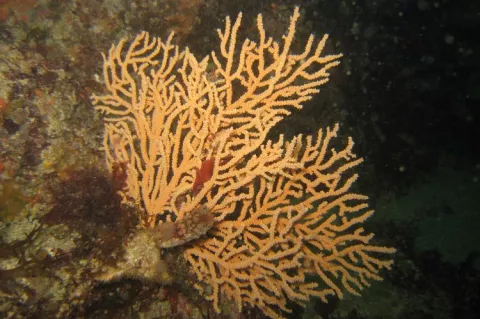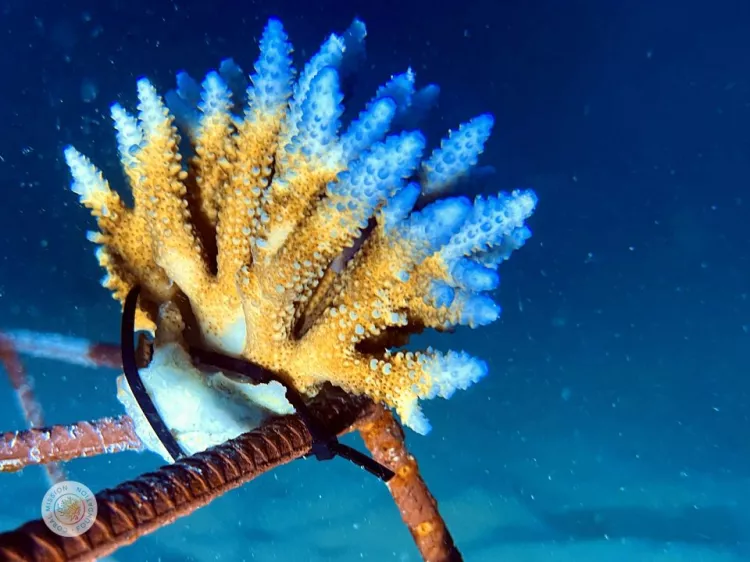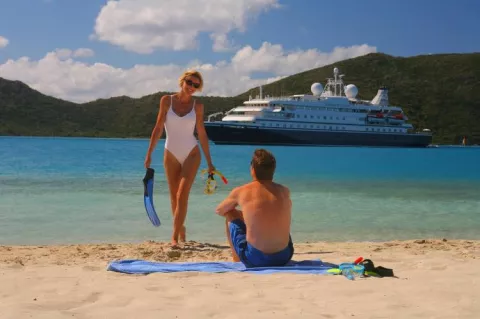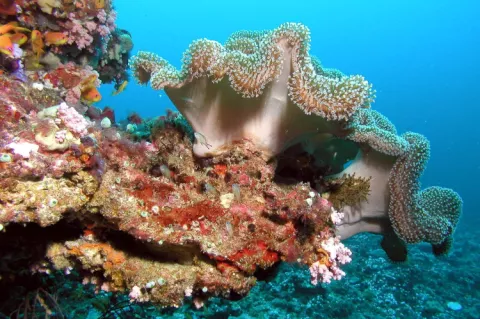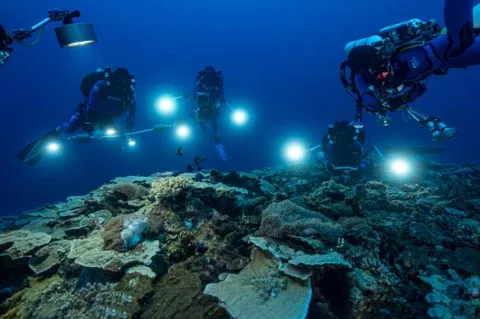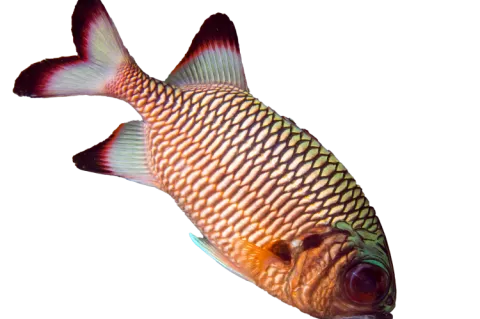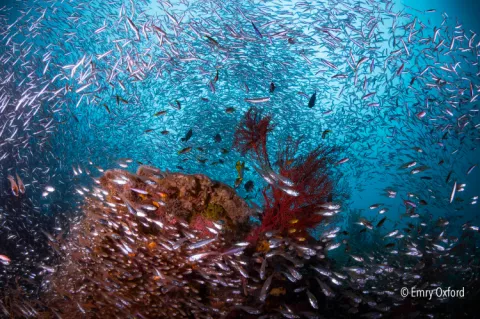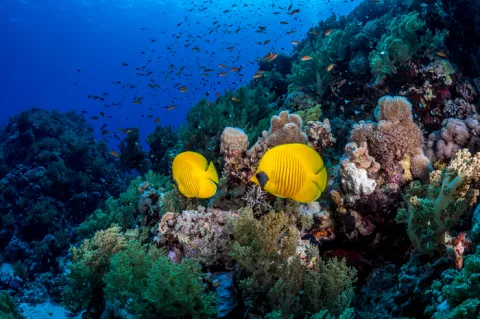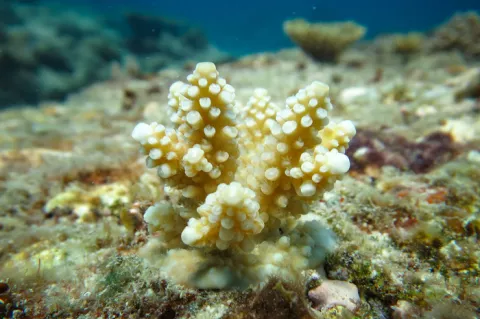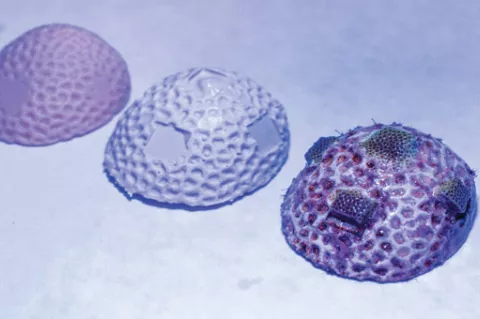Cold Water Corals Predicted to Be Resilient to Climate Change
Species distribution models have become a valuable tool to predict the distribution of species across geographic space and time.
Model predictions revealed current areas of suitable habitat beyond the current northern range limits of the pink sea fan, in areas where colonies have not yet been observed.
"It's not clear why pink sea fans have not yet colonised these areas. Possible barriers include insufficient dispersal of their larvae and high competition between species for space and resources," said Dr Tom Jenkins, from the University of Exeter.

